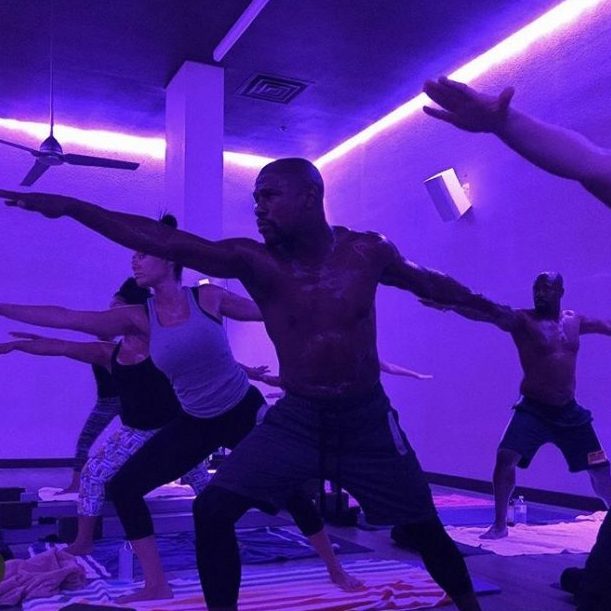Yoga for Athletes
Yoga has many mental and physical benefits that can enhance an athlete’s performance. Yoga can help relieve stress, encourage relaxation, reduce injury, and support healthy sleep patterns. These benefits are useful for athletes who are prone to overexertion.
My ‘Yoga for Athletes’ programme is designed with athletes training and needs in mind and offers low-impact, recovery style movement. There is particular focus on core stability, joint mobility, injury prevention and stretching muscles which are contracted during training.
Yoga is practiced by athletes such as John Terry, Jessica Ennis-Hill, Tom Daley, Ryan Giggs, Floyd Mayweather, LeBron James, Lionel Messi and is used by clubs such as AVFC, MUFC and MCFC.
Injury prevention is clearly a high priority for athletes. Common injuries to hamstrings, achilles tendon or groin could be prevented by a consistent yoga practice. The hips, hamstrings, calf muscles, and sometimes the shoulders are put under stress during training and repetitive movement. Without stretching and lengthening these muscle groups, injuries could occur over time.
Benefits of Yoga for Athletes:
- Increased flexibility – reducing injury.
- Improved mental resilience and concentration.
- Improved coordination.
- Improved balance.
- Reduced muscle fatigue and soreness.
- Improved coordination.
- Increased core strength.
- Reduced stress.
- Increased range of motion and mobility – gentle stretching through yoga can increase these over time whilst relieving muscle tension.
- Improved stability – many stability muscles (particularly those in the ankle) are neglected in other types of training. Yoga and working in bare feet can help to strengthen these stability muscles. This can also help reduces imbalances in the body.
- Improved mind-body connection.
Depending on the athletes needs, I can cover:
- Standing Poses – Build leg-strength as well as flexibility in the hips and hamstrings.
- Balancing Poses – Increase body awareness and stabilisation.
- Backward Bends – Improve posture and respiration.
- Forward Folds – Promote health of posterior chain and help balance autonomic
nervous system. - Inversions – Improve immune function and enhance circulation in legs, great for leg muscle recovery.
- Posterior chain strengthening – great for any sport with forward motion such as running and cycling.
- Arm Balances – Build core and upper-body strength, improve balance and body-
awareness. - Twists – Improve posture, shoulder-mobility, respiration and health of spine and nervous system.
- Core-focused poses.
- Mobility focused movement.
- Breath techniques to increase CO2 tolerance leading to greater oxygen delivery to muscles and tissues.
Key Principles
The principles I refer to are as follows:
- Consistency over Quantity – We don’t need to be putting in 90 minute sessions. Little and often is key.
- Mindfulness over Intensity – Many athletes can see high intensity/harder as better and can be very task driven. Often the thing they need most is what they do the least. Yoga is non-competitive and in this case isn’t supposed to be a workout. It’s for recovery and relaxation. We’ll focus on shoulder mobility over shoulder strength, hip mobility over hip strength and longer holds over constant movement.

